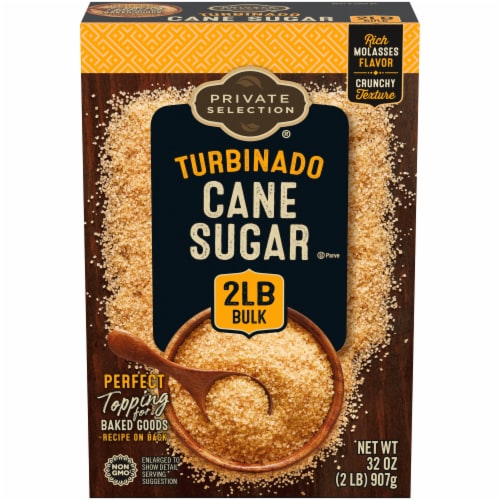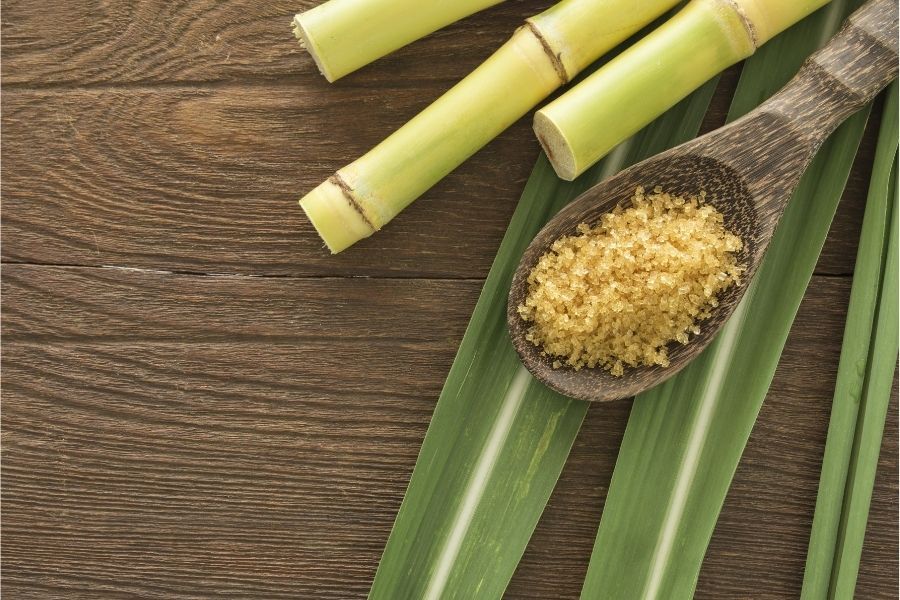Cane Sugar Processing: From Field to Table-- A Step-by-Step Guide
Cane Sugar Processing: From Field to Table-- A Step-by-Step Guide
Blog Article
Checking Out the Comprehensive Tips Involved in Walking Cane Sugar Processing From Collecting to Refinement
The procedure of walking stick sugar manufacturing includes a collection of elaborate actions, beginning with the mindful harvesting of sugarcane and culminating in the improvement phases that guarantee the last product meets industry standards. Each phase, from the removal of juice to the purification and formation processes, plays a crucial function in identifying the quality and personality of the sugar. Comprehending these phases not just highlights the complexity of sugar manufacturing but additionally raises critical questions concerning effectiveness, sustainability, and technology in the industry. What ramifications do these factors have for future methods?
Harvesting Sugarcane
Harvesting sugarcane is a crucial step in the walking stick sugar processing chain, as it directly affects the high quality and yield of the final item. Proper timing and strategies are necessary during this phase to guarantee ideal sugar material and reduce losses. Normally, sugarcane is harvested when it reaches maturity, usually 12 to 18 months after planting, identified by a high sucrose concentration.

Post-harvest, the sugarcane should be processed promptly to stop sucrose deterioration. Ideally, gathered cane needs to be carried to processing facilities within 24 hours to maintain sugar top quality. Therefore, effective logistical planning is crucial to keep the honesty of the gathered plant throughout the supply chain.
Removal Process

The smashed walking cane undergoes a collection of pushing procedures to optimize juice recuperation. Usually, warm water is sprayed onto the smashed cane, producing a countercurrent circulation that aids dissolve the sugar while also aiding in the removal process. The juice collected from this procedure has not just sugar but likewise various natural substances and pollutants.

To boost removal performance, some centers may use diffusion methods, where the sugarcane is soaked in hot water, permitting the soluble sugars to diffuse right into the liquid. The resulting juice, rich in sucrose, is then routed to succeeding processing phases, laying the structure for filtration and improvement. The removal process is therefore essential in establishing the quality and return of the last sugar item.
Purification Techniques
The purification techniques employed in cane sugar handling are necessary for changing the raw juice right into a high-quality sugar item. These approaches primarily intend to remove impurities, such as dirt, plant products, and not natural compounds, which can adversely impact the end product's taste and color.
One of one of the most common purification methods is clarification. This process involves including lime and warm to the raw juice, which assists in the coagulation of pollutants. The resulting precipitate is then gotten rid of via sedimentation or purification, generating a more clear juice. Furthermore, making use of phosphoric acid can boost the information process by further binding impurities.
Another substantial technique is carbonatation, where co2 is presented to the clarified juice. This reaction produces calcium carbonate, which records staying impurities and advertises their elimination.
In addition, turned on carbon therapy might be put on adsorb any staying colorants and natural pollutants, making certain a more polished product. The combination of these approaches successfully prepares the sugar juice for subsequent actions in the refining process, establishing the phase for the production of top quality walking cane sugar.
Formation Methods
After the filtration stage, the next important action in walking stick sugar handling entails condensation approaches, which play a critical duty in changing the cleared up juice right into solid sugar. This process commonly employs two key methods: spontaneous formation and regulated crystallization.
In spontaneous formation, supersaturated sugar solutions are enabled to cool down naturally, resulting in the development of sugar crystals with time. This method is simpler however may lead to irregular crystal dimensions and reduced pureness levels. On the other hand, managed formation is a much more exact strategy where seeding, concentration, and temperature agents are carefully handled. This technique enables the consistent development of sugar crystals and greater pureness.
Throughout formation, the made clear juice is concentrated via evaporation, boosting click this link its sugar material until it reaches supersaturation. Once this factor is achieved, either technique can facilitate the crystallization process. Cane Sugar Processing. The resultant sugar crystals are after that divided from the remaining syrup through centrifugation
Ultimately, the selection of condensation technique impacts the high quality, size, and purity of the final sugar product, making this action essential in the total walking stick sugar processing procedure.
Improvement and Packaging
How can the purity and quality of walking cane sugar be better boosted after condensation? The improvement process plays an important duty in accomplishing high-grade cane sugar.
Next, the sugar goes through a procedure called centrifugation, where it is rotated at high speeds to divide the purified sugar crystals from the remaining fluid. After centrifugation, the sugar is frequently more refined through a technique called carbonization or phosphatation, which utilizes activated carbon or phosphoric acid to get rid of shade and off-flavors.
Once fine-tuned, the sugar is dried out to attain the preferred moisture material, ensuring that it stays secure throughout storage space and transportation. The final action entails product packaging the refined sugar in closed and moisture-proof containers to keep its top quality and prevent contamination. Cane Sugar Processing. Appropriate packaging not only expands rack life yet also assists in very easy handling and circulation, making certain that customers obtain sugar that fulfills the highest possible standards of purity and quality
Conclusion
The detailed actions associated with walking stick sugar handling, from the careful harvesting of sugarcane to the complex improvement and product packaging phases, highlight the significance of each phase in guaranteeing top notch sugar manufacturing. Ideal harvesting methods, effective extraction methods, and rigorous filtration procedures jointly add to the end product's pureness and security. The condensation and subsequent packaging techniques further boost the honesty and rack life of the sugar, highlighting the complexity and precision integral in this important agricultural sector.
The procedure of walking stick sugar production incorporates a collection of elaborate steps, starting with the cautious harvesting of sugarcane and culminating in the improvement stages that make certain the final product fulfills market requirements. Ideally, collected walking stick needs to be transported to refining facilities within 24 hours to browse around this site maintain sugar high quality.In spontaneous crystallization, supersaturated sugar remedies are enabled to cool normally, leading to the formation of sugar crystals over time - Cane Sugar Processing. The improvement process plays an essential duty in accomplishing top quality walking he said cane sugar.The detailed steps entailed in walking stick sugar handling, from the precise harvesting of sugarcane to the detailed refinement and product packaging stages, highlight the importance of each stage in ensuring top notch sugar production
Report this page